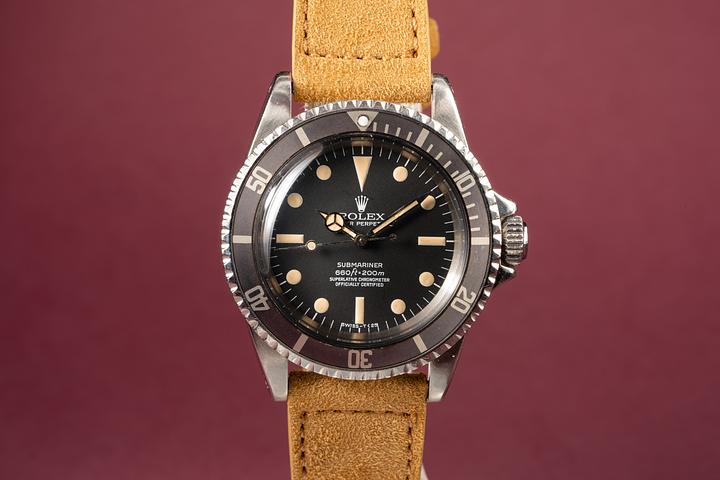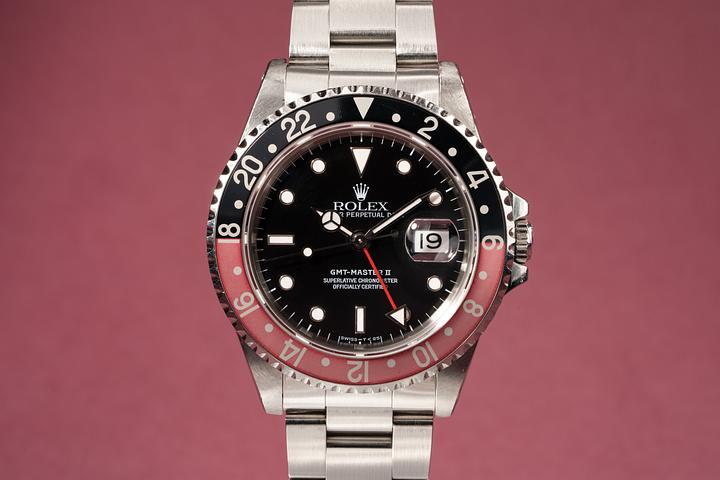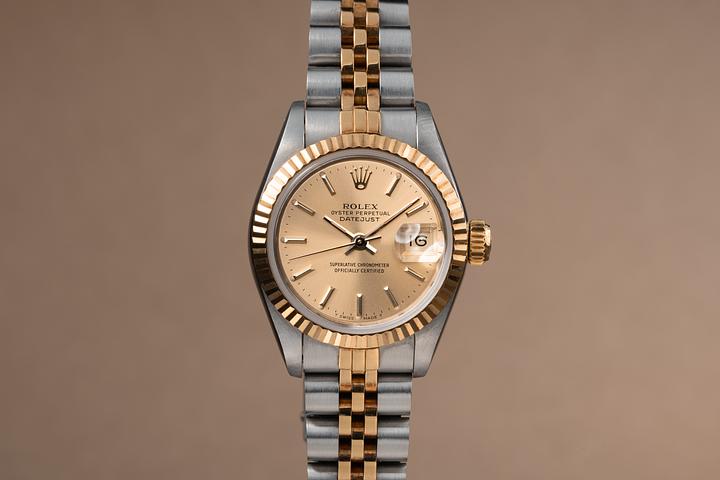Why Rolex Is So Popular in the Swiss Watch World

Why Rolex Is So Popular and Its Deep Roots in the Swiss Watch Industry
It's one of those brands you just know. Say “Rolex” in any language, in any country, and chances are, people immediately picture elegance, prestige, and timeless craftsmanship. But how did a luxury watchmaker achieve that kind of global recognition? And why, out of all the high-end horology brands out there, does Rolex remain the undisputed titan? The answer lies in a combo of innovative spirit, Swiss precision, marketing brilliance, and—yes—staying obsessive about quality. Let’s dig into why Rolex is so popular and how it became a pillar of the Swiss watch industry.
The Foundation of Rolex: Crafting Trust Since 1905
Okay, so it all starts in 1905. Hans Wilsdorf, a German entrepreneur living in London, had a pretty bold idea: he wanted to manufacture precise wristwatches at a time when pocket watches were still the gentleman’s go-to. And—get this—back then, wristwatches weren’t exactly considered serious timepieces. They were kind of seen as women's accessories, not really something anyone thought needed pin-point precision. But Wilsdorf saw the future.
He founded the brand “Wilsdorf and Davis,” which would become Rolex in 1908. That same year, he trademarked the Rolex name. Why “Rolex”? It’s not German, it’s not English, it’s—well, nothing, and that’s sort of the point. Short, snappy, easy to pronounce in any language, it just… works.
Relentless Innovation: Rolex’s Drive for Precision
Rolex didn’t just want to make wristwatches—they wanted to redefine how accurate and durable a wristwatch could be. In 1910, Rolex was the first watch brand to receive a Swiss Certificate of Chronometric Precision from the Official Watch Rating Centre in Bienne. Then, four years later? Boom. They got a Class A precision certificate from the Kew Observatory in England, something usually reserved for marine chronometers. Yeah, that was a big deal.
These were early moves, but they told the world the brand wasn’t just about design or status. It was about setting technical standards and, quite literally, keeping time better than anyone else. That mission? It hasn’t changed one bit over the past century.
Swiss Roots with Global Influence
Even though Rolex got its start in London, it relocated its operations to Geneva, Switzerland in 1919. And that move was critical. Geneva is like the Silicon Valley for watchmakers—it has the history, the institutions, the talent. Swiss watchmaking is all about patience, finesse, and an obsession with detail. By rooting itself in that tradition, Rolex aligned itself with a culture deeply committed to horology at its finest.
But here’s the wild part: Rolex has always produced watches in-house. They own their foundries, make their own gold, and control every step of the process from design to assembly to quality control. That kind of vertical integration is rare, even in luxury watchmaking. And it’s part of what allows Rolex to consistently deliver on its promise of precision and quality.
Iconic Models That Redefined Wearability
Arguably, what really propelled Rolex into pop culture royalty was its launch of several iconic models that basically rewrote what a wristwatch could do and be. We’re talking about the Oyster Perpetual, released in 1926—the world’s first water-resistant wristwatch, safeguarded by a hermetically sealed case. That might sound like normal stuff now, but back in the day? Game-changing.
Then came the Datejust in 1945, which automatically updated the date on the dial, and the Submariner in 1953, which became the go-to diving watch. Oh, and let’s not forget the GMT-Master, created in 1954 at the request of Pan-Am air pilots, designed to tell time in two time zones. These weren’t just watches. They were tools. And people loved that.
They wore them to the bottom of the ocean, the top of Everest, in the cockpit, and yes—even at black-tie galas. Rolex watches became symbols of reach and capability. They became intertwined with human achievement.
The Power of Strong Branding and Quiet Marketing
One of Rolex’s cleverest moves? Not overdoing it. You won’t catch Rolex throwing flashy sales or handing out influencer discount codes. Instead, the brand leans into understated prestige. They partner with events like Wimbledon or the Academy Awards. They quietly support deep-sea expeditions or solo sailing voyages. It’s all about aligning the brand with excellence—human or otherwise.
And because Rolex controls its supply and retail channels so tightly, scarcity has become part of the story. Certain models have waiting lists that stretch into years. That balance of supply and demand keeps desire high, and resale value even higher. It’s not a watch that loses value as soon as you leave the boutique. In many cases, it gains value.
Legacy, Consistency, and the Road Ahead
So why is Rolex so popular? It’s not just one thing—it’s a perfect storm. Heritage, innovation, Swiss precision, strong design, and branding that's smart enough to speak loudly by saying very little. But above all, it’s consistency. Rolex doesn't chase seasonal trends or gimmicks. Instead, it refines already iconic designs year after year, perfecting and tweaking but never compromising. The watches look familiar yet remain timeless. They stand still while the world moves around them—and somehow, that makes them feel even more relevant.
As the Swiss watch industry continues to evolve—a mix of tradition, smart tech, and the occasional disruptor—Rolex remains a pillar. It sets the bar. And honestly? It's hard to imagine it stepping down anytime soon.




